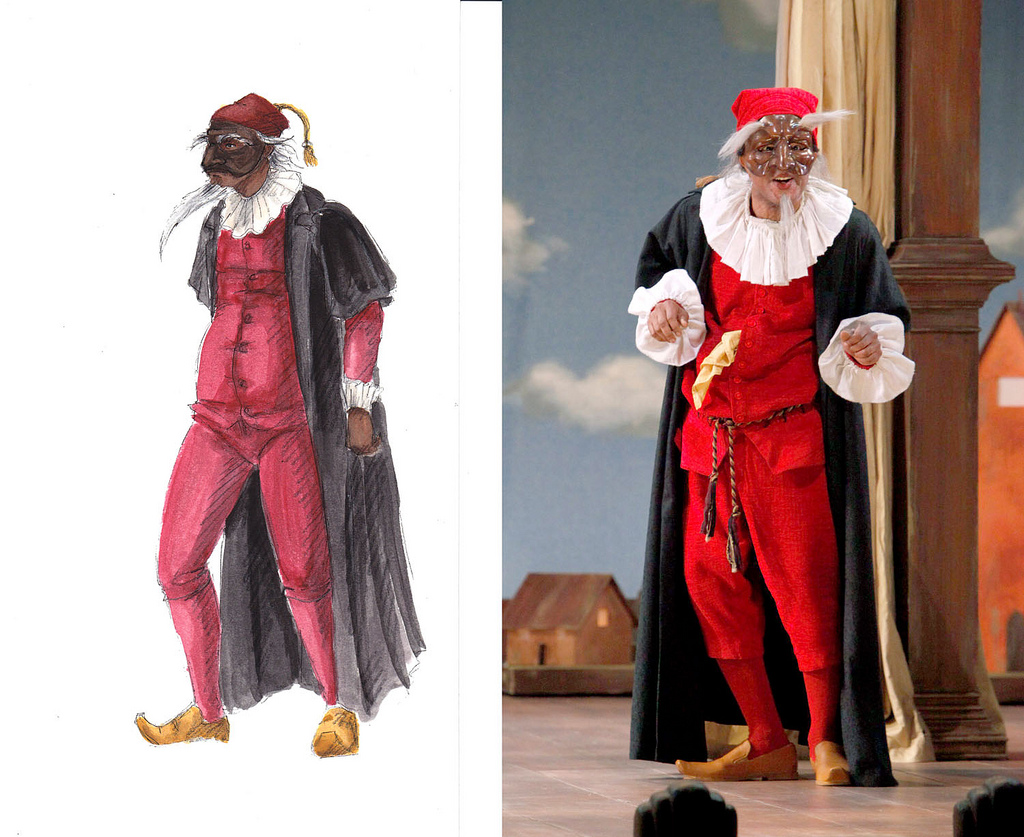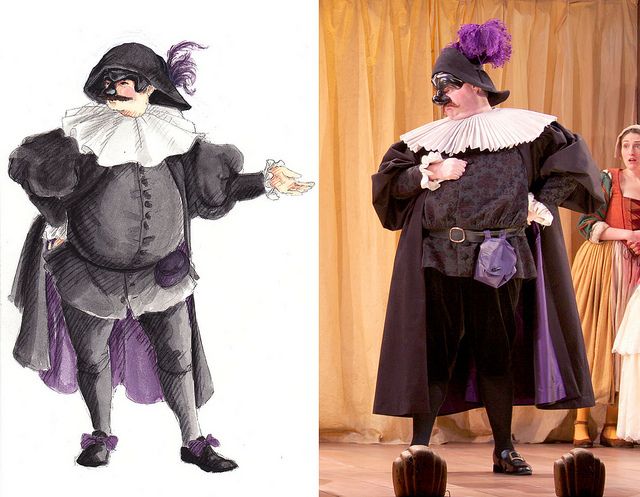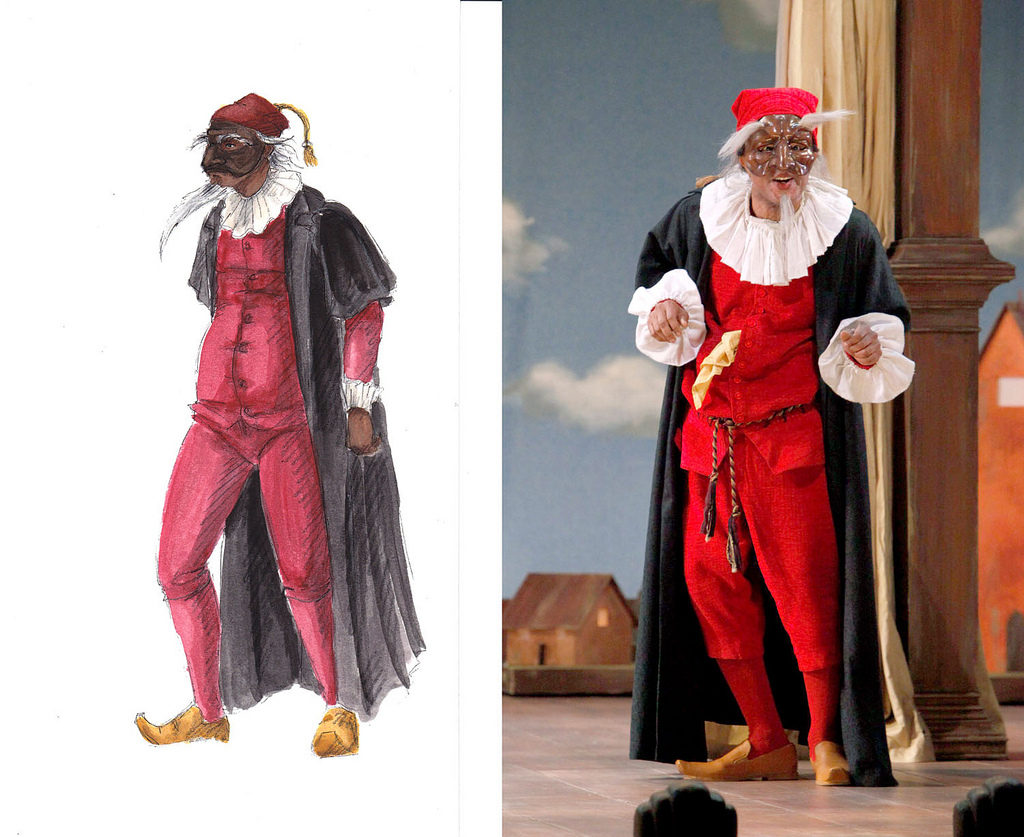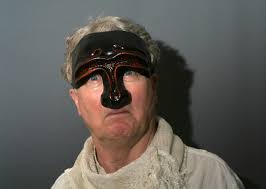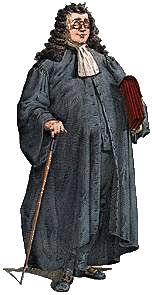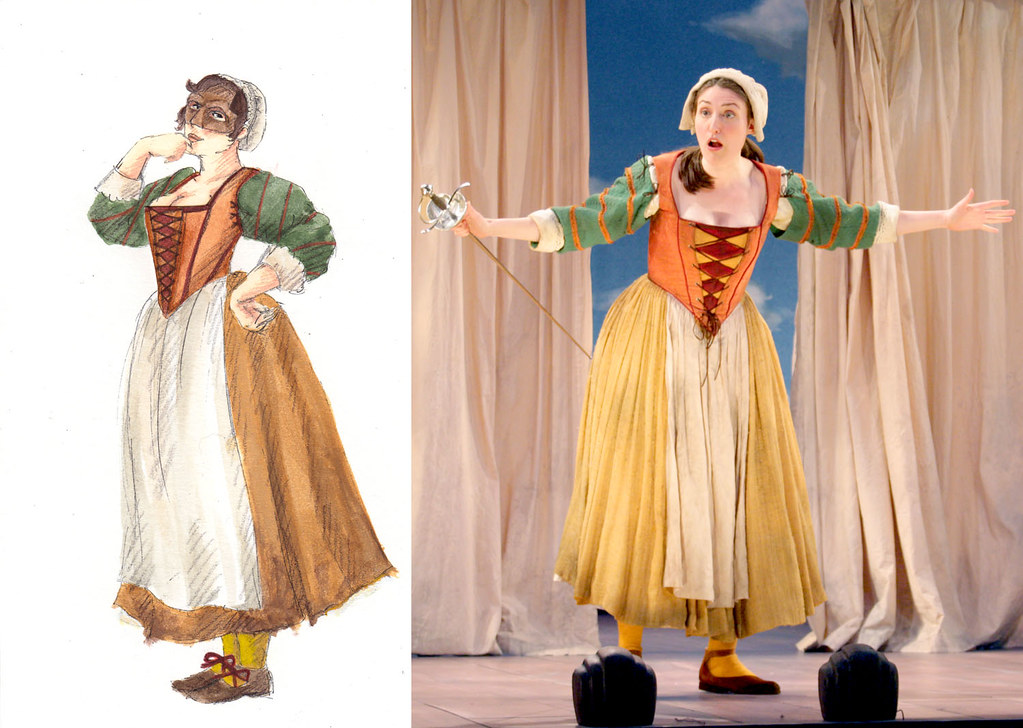The following 2 clips show Berkoff himself acting in extracts from 2 solo- plays.
In them you should identify where there is:
- Physicality / Action
- Voice / Speech
- absent or minimal use props/set/ costumes
[Use the above as headings – describe and explain ‘moments’ from either clip to illustrate EACH heading- then evaluate what is effective and your response as an audience member. Eg: “Action mime: Berkoff mimes walking down a spiral staircase in ‘The Tell-Tale Heart’. There is no hand rail and no stairs. He carefully places one hand on the rail and pulls it towards his body as he takes a few steps. The illusion that he has walked down 2-3 steps is remarkable. The action mime goes on for ages – this adds to the story as it makes the audience imagine that the spiral staircase is very tall and the old man lives on the very top floor. The audience are required to use their imagination to add to and make sense of the mime the actor is using.”
The Actor (The obsessive, demoralizing life of an actor between jobs is displayed forcibly in this swift and savage monologue.) At 3:14 Berkoff steps out of role and describes some of his insightful ideas about how the piece came to life.
The tell-tale heart ( the Narrator has just committed a murder and cuts up the body and hides it beneath the floor boards. There is a knock on the door. It is the police investigating a noise. Totally confident, the man invites the police to sit around the very spot below which the body is buried.)
